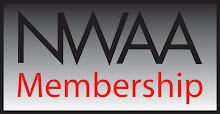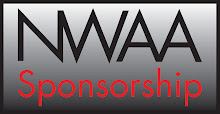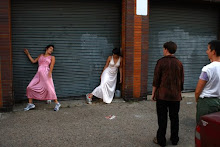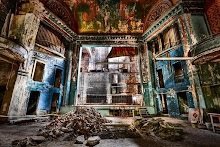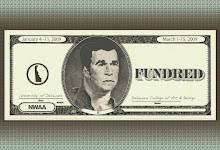

New Wilmington Art Association presents:
bodies/words/sounds
An evening of performance
Friday, May 1st, 2009, 6 - 9 pm.
Performances begin at 7 pm
Music begins at 8 pm
In 1969, when Vito Acconci found that poetry wasn’t enough, he began literally following people on the streets of New York in Following Piece. Sometimes art and ideas transcend the traditional static object and must be performed. bodies/words/sounds is an exhibition of ephemeral work that must be experienced live and will only exist again in the form of documentation. The exhibition breaks down the idea of performance in to three segments: bodies, words, and sounds. Bodies, refers to the use of the body as material in live performed art. React/dance, a modern dance team from Philadelphia will perform site-specific dance pieces live. Words, refers to the idea of the live interview as performance. Ahlen Moin will interview Heather Campbell Coyle, Associate Curator at the Delaware Art Museum, in a live performance titled My Salon. Sounds, refers to the live performance of music and the DJ. Kyle Tush (AKA DJ Squarewell) will perform Dubstep music live.
-Ron Longsdorf, Curator
React/dance
DJ SQUAREWELL


























